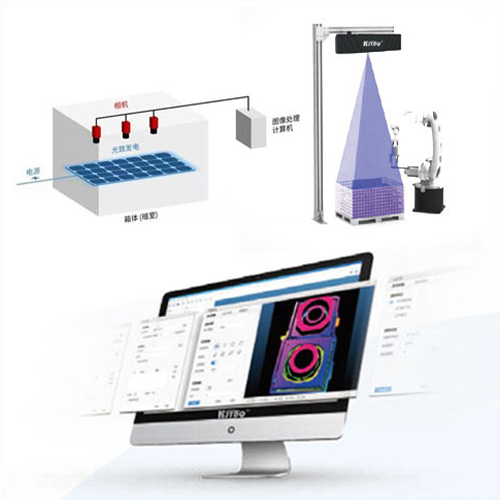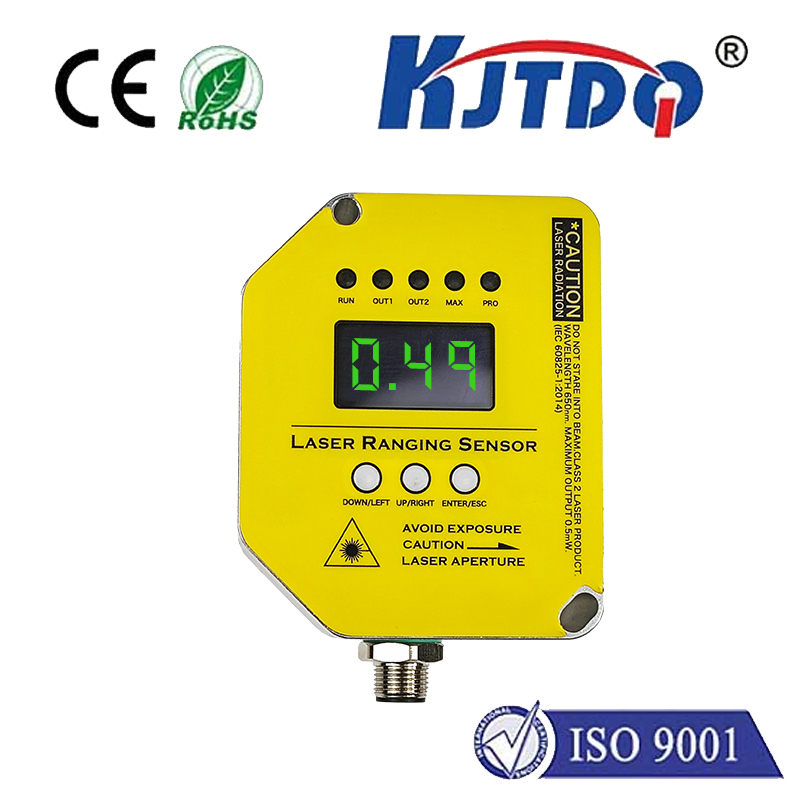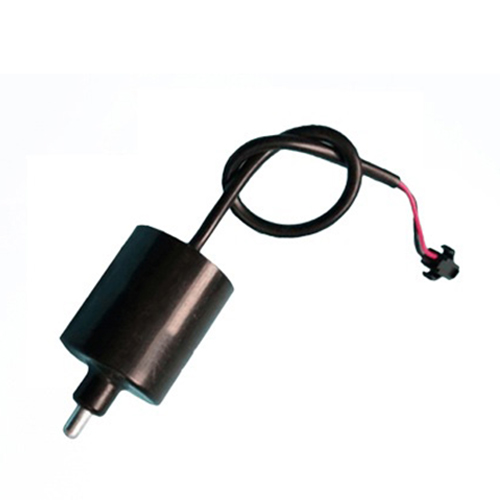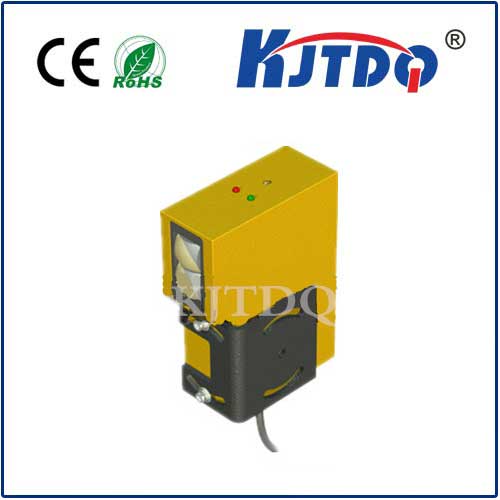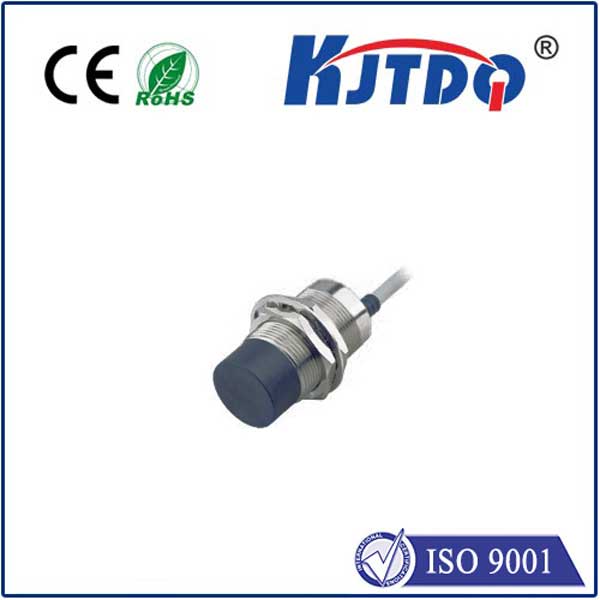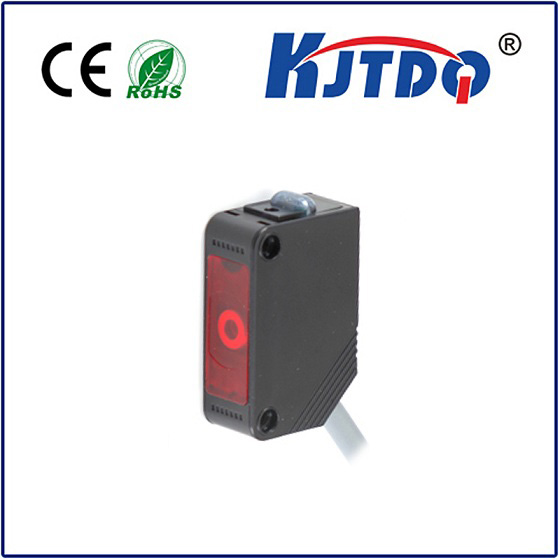E3ZM-D67 diffuse sensor with background suppression
- time:2025-09-26 00:29:16
- Нажмите:0
Unlock Reliable Detection: Mastering the Omron E3ZM-D67 Diffuse Sensor with Background Suppression
In the intricate dance of modern industrial automation, consistent and accurate object detection isn’t just convenient – it’s critical. Downtime, misalignment, and defective products often trace back to sensing failures. When your application demands pinpoint accuracy, especially where targets approach on the same plane as potential background interference, standard diffuse sensors can stumble. Enter the Omron E3ZM-D67, a powerhouse designed to cut through this complexity with its sophisticated background suppression technology. This sensor offers a solution precisely where others falter, delivering remarkable stability even in challenging environments.
The Challenge: Unwanted Background Interference
Standard diffuse reflective photoelectric sensors operate on a simple principle: the sensor emits light (typically infrared or red LED) and detects the portion reflected back by the target object. The intensity of the reflected light determines the output state. Sounds straightforward, right? The problem arises when objects behind the intended target – like conveyor belts, machine fixtures, pallets, or even brightly colored walls – also reflect light. If the reflection from this background is strong enough, the sensor might mistakenly detect it as the target, causing false triggers. This is particularly problematic when detecting small, dark, or low-reflective objects against a potentially brighter or closer background.
Diffuse Sensors vs. The E3ZM-D67’s Edge
While diffuse sensors are popular for their simplicity (no reflector required) and versatility, their inherent limitation is susceptibility to background reflections. Background suppression (BGS) technology is the game-changer featured in the E3ZM-D67. It tackles this vulnerability head-on.

Unlike standard diffuse sensors that just measure total reflected light intensity, BGS sensors like the E3ZM-D67 employ a triangulation principle. Here’s the key difference:
- Triangulation Magic: The emitter sends out a focused beam of light. Instead of a single receiver, the sensor uses a specialized optical element (like a position-sensitive device - PSD) that detects where on its surface the reflected light hits.
- Distance Discrimination: Light reflected from a closer object hits the receiver at a different point than light reflected from a more distant object. The E3ZM-D67’s intelligent electronics analyze this position data.
- Suppression Logic: Based on pre-set or teachable parameters, the sensor only triggers its output when the reflection originates from within its defined, precise sensing range. Light bouncing back from beyond this set distance (i.e., the background) is effectively ignored or “suppressed.”
Why the Omron E3ZM-D67 Stands Out
The E3ZM-D67 isn’t just any background suppression sensor; it embodies Omron’s commitment to reliability and performance:
- Pinpoint Precision: With a tight sensing range centered around 70 mm (specific model variant), the E3ZM-D67 excels at detecting objects precisely at this stand-off distance, actively rejecting anything significantly closer or farther away. This is its superpower.
- Exceptional Stability: Engineered to minimize the impact of target color, material, surface finish, or ambient light fluctuations. It consistently detects dark or matte objects that would baffle standard sensors, even if a reflective surface lurks just millimeters behind.
- Simplified Setup: Many BGS sensors require precise alignment. The E3ZM-D67 often features intuitive teach-in functionality. Simply present the target at the desired detection distance and press a button – the sensor learns the exact point and configures itself.
- Industrial Resilience: Housed in a robust M18 threaded barrel, typically constructed from nickel-plated brass, the E3ZM-D67 is built for demanding factory floors. It boasts excellent resistance to vibration, common industrial chemicals, and offers impressive ingress protection ratings (e.g., МП67), making it suitable for washdown or dusty environments.
- Visual Confidence: Features a clear, bright status indicator LED, providing instant visual feedback on power, output state, and stability, crucial for quick diagnostics and troubleshooting.
- Reliable Output: Provides a stable, clean PNP or NPN output signal (depending on model) compatible with standard PLCs and controllers. Select models may include short-circuit protection.
Where the E3ZM-D67 Diffuse Sensor Shines (Applications)
The unique capabilities of background suppression make the E3ZM-D67 ideal for scenarios where target and background proximity causes headaches:
- Precision Part Positioning: Ensuring components are correctly seated in jigs or fixtures before machining, assembly, or welding, even if the fixture itself is reflective. Mistaking the fixture for the part? Not anymore.
- Conveyor Gap & Product Spacing: Reliably detecting the leading/trailing edge of products on conveyors, especially transparent bottles or dark packaging, without falsely triggering on the conveyor belt rollers or structure directly underneath or behind.
- Pallet Layer & Empty Pallet Detection: Accurately counting layers on a pallet or confirming an empty pallet is present, ignoring the pallet support structure or floor beneath it.
- Small Object Detection: Verifying the presence of small electronic components, fasteners, or capsules against potentially confusing backgrounds within machinery.
- Machine Guarding & Access Control: Ensuring safety doors or guards are securely closed before machine start-up, distinguishing the guard itself from anything behind it.
- Robotic Guidance: Providing precise position feedback for robotic arms during pick-and-place operations on defined planes.
Choosing the Right Tool: BGS vs. Retroreflective & Through-Beam
While BGS excels in suppressing background interference within its defined range, other sensor types have their strengths:
- Through-Beam: Offers the longest range and highest reliability but requires separate emitter and receiver units mounted opposite each other. Installation can be more complex.
- Retroreflective: Good range and reliability using a single sensor unit paired with a reflector. However, reflective backgrounds or objects passing between the sensor and reflector can cause false triggers.
- Standard Diffuse: Simple, single-unit installation but highly susceptible to background interference and target reflectivity variations.
The E3ZM-D67 advantage shines brightest when you need a single-unit solution providing exceptional immunity to background reflections at a specific, defined distance. It delivers robust, reliable object detection precisely where other diffuse sensors struggle. Its combination of background suppression technology, industrial durability, and ease of use makes it a go-to sensor for engineers tackling demanding detection challenges on the factory floor. When consistent, interference-free sensing at a critical distance is paramount, the Omron E3ZM-D67 proves its worth as a cornerstone of reliable automation.







